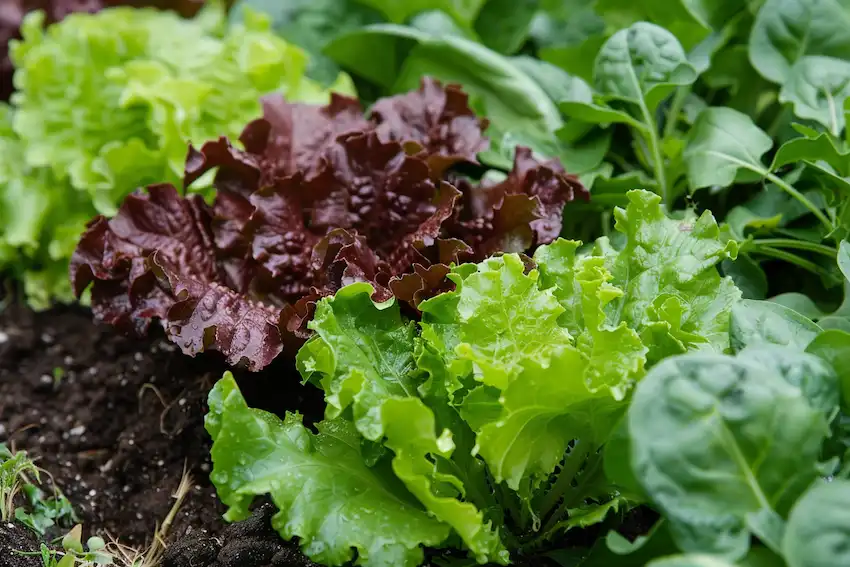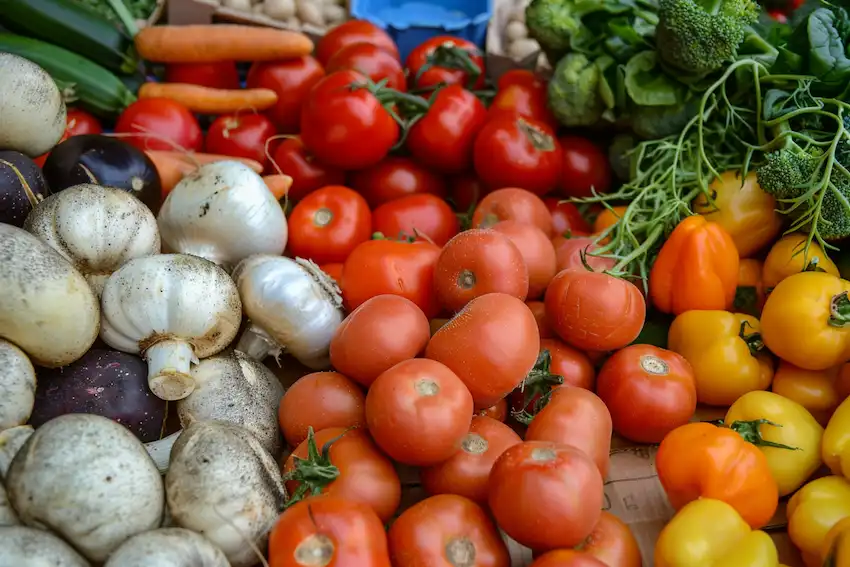Cultivating Abundance: A Detailed Guide to Planting for a Year’s Supply of Food
Gardening offers a path to sustainability and self-sufficiency, allowing individuals and families to produce a significant portion of their food. Understanding how much to plant for a year’s supply per person is key to achieving this goal. This guide expands on the principles of garden planning with a focus on specific crops, incorporating detailed information from a comprehensive table on planting per person and family sizes.
Assessing Needs and Space
Start by evaluating your household’s consumption patterns. Consider dietary preferences, storage capabilities, and the length of your growing season. Then, assess your available garden space, keeping in mind that some crops require more room to flourish than others.
Crop Selection and Planting Recommendations

Using the detailed planting table as a reference, here’s how to approach planting for a year’s worth of food for one person, with scaling options for a family of four.
Leafy Greens and Vegetables
- Lettuce, Leaf (6-10 plants per person): A staple for salads, plant in succession for a continuous harvest. Space plants 12″ apart.
- Kale (4-5 plants per person): Hardy and nutritious, space 12″-18″ apart for a single planting that can last through the season.
- Spinach (4-8 plants per person): Plant 12″-18″ apart in both spring and fall for dual harvests.
Root Vegetables
- Carrots (20-30 plants per person): Essential for both fresh consumption and storage. Use succession planting 12″-18″ apart.
- Potatoes (15-20 plants per person): A versatile staple; plant tubers 8″-12″ apart.
Fruit-Bearing Plants
- Tomatoes (1-2 plants per person for regular; 1-4 plants for cherry varieties): A must-have for any garden, space 24″ apart for regular and 12″-18″ for cherry types.
- Cucumbers (2-3 plants per person): Great for fresh eating and pickling, space plants 36-60″ apart.
Legumes
- Beans, Bush (5-10 plants per person): High-yield and easy to grow, plant in rows 2′-3′ apart.
- Peas (15-20 plants per person): Ideal for succession planting in spring and fall, space 4″-6″ apart.
Perennials and Others
- Asparagus (10 plants per person): A perennial that provides yields for years, space 12″-18″ apart.
- Strawberries (June-bearing vs. everbearing types): Plant according to your preferred harvest time, with about 10-20 plants per person for a steady supply.

Implementing Your Garden Plan
Step 1: Site Preparation
- Prepare your garden beds by incorporating organic matter and ensuring proper drainage. Consider raised beds or containers if space is limited or soil is poor.
Step 2: Planting
- Follow the spacing and depth recommendations for each plant type. Consider the use of vertical space for vining plants like cucumbers and pole beans to maximize yield.
Step 3: Maintenance
- Regularly water, weed, and monitor for pests and diseases. Implement companion planting strategies for natural pest control and to boost yields.
Step 4: Harvesting and Storage
- Harvest crops at their peak for the best flavor and nutritional content. Use canning, freezing, and drying to preserve excess produce for year-round consumption.

Planning your garden with a year’s supply of food in mind is a fulfilling project that can lead to greater food security and enjoyment. By carefully selecting crops based on your dietary preferences and available space, and by following detailed planting and care guidelines, you can maximize your garden’s productivity and enjoy the fruits of your labor throughout the year. Remember, gardening is a learning process; each season offers new insights and opportunities for growth.



















